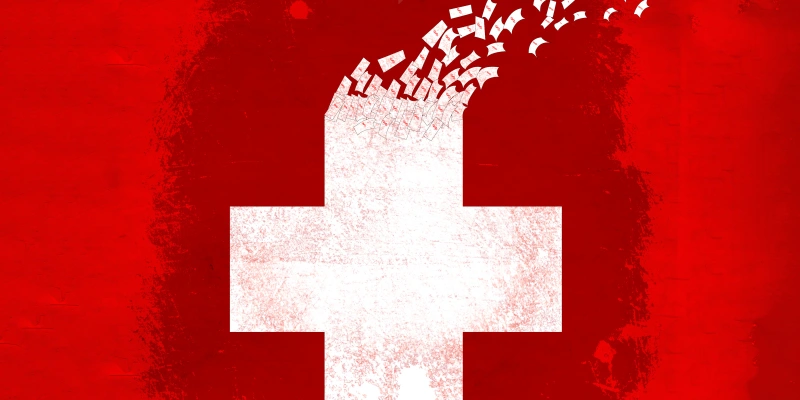At the 2018 Annual Meeting for the American Psychiatric Association (APA), I presented the results of a meta-analysis on electroconvulsive therapy (ECT) and its responsiveness for children with autism who have psychiatric comorbidities.
ECT has been used for refractory psychiatric conditions in the U.S. since 1938. Despite this, Wilkinson et al. described that ECT has been underutilized in the adult population while further studies suggest that few practitioners are recommend ECT for minors. Ghazzudin et al. reported that, 75% of surveyed child and adolescent psychiatrists felt uncomfortable providing a second opinion for ECT treatment in children.
The reasons why practitioners may feel uncomfortable using ECT in children are likely multifactorial. The therapeutic benefits of ECT have been explored in adolescent patients treating several psychiatric disorders with reports of high remission rates and relatively benign adverse events (Lima, et al 2013).
Pediatric ECT, however, is an emerging field that would benefit from further scientific investigation. Our team recognized that for some select children with autism, ECT might be beneficial. In order to better understand the literature and previous data, we performed a systematic review to evaluate available information on ECT in children with autism. We hypothesized that ECT could be an advantageous treatment for some children who have significant difficulty with daily functioning and present as treatment refractory to other interventions.
Therefore, with the help of a research librarian, a systematic review was undertaken where three databases were included (Cochrane, Embase, and Pubmed). We looked at case reports that were written in English and only included cases with persons under the age of 18 with a diagnosis of autism.
After doing this, we found 21 cases that met inclusion criteria to be studied. Our research shows that there were some children with autism who received ECT. Children reported in the literature and included in our analysis were between the ages of 8 and 17 with a mean of 14.76 years. Not surprisingly, 71% of included cases were male. This followed previously seen trends of autism with higher prevalence in boys than in girls.
Also not surprisingly, most children who received ECT had multiple psychiatric diagnoses, suggesting that they were challenging cases of autism to treat: 80.9% of children suffered from catatonia; 14.3% suffered from a mood disorder with psychosis; 9.5% suffered from bipolar disorder; 4.7% suffered from major depressive disorder; 4.7% were diagnosed with Schizophrenia and 4.5% were diagnosed with Tourette’s.
Often, the most challenging cases to treat in psychiatry are those that have multiple comorbid diagnoses. Children who were studied had often been exposed to multiple different medications including both psychotropic and neurotropic medications that were stated as minimally beneficial in these cases.
Many children were exposed to first- and second-generation antipsychotics (40%, 60%, respectively); SSRIs (61.9%); Monoamine Oxidase Inhibitors (4.8%); Tricyclic Antidepressants (14.3%); benzodiazepines (61.9%); stimulants (23.8%); and mood stabilizer/anticonvulsants (61.9%). These numbers totaled over 100% secondary to the fact that many children had multiple medications for treatment simultaneously.
Despite the fact that polypharmacy was used, symptoms were not well controlled for these patients, therefore, families were offered ECT as a treatment strategy. Children were exposed to both bilateral (19 reported cases) and unilateral (3 reported cases) ECT. Bilateral was seen to be utilized more frequently than unilateral ECT in the case reports. Children were reported to have received between 10 to 156 ECT treatment sessions.
ECT-induced seizures lasted between 26–206 seconds as measured by EEG. ECT was overall well tolerated with rare side effects including fatigue, hunger, and post-emergent agitation. The review illustrated that children benefited from ECT, with 11 cases reporting data on school attendance post ECT treatment.
We know that many children with chronic mental illness may not improve with oral medication, but may respond to ECT. This review suggests that ECT may be an underutilized treatment in minors, particularly those who continue to do poorly after exposure to multiple pharmacotherapies. To reiterate: The majority of cases seen in this review, 80.9%, had comorbid catatonia. ECT has been shown in adults to be an effective treatment for catatonia. However, ECT to treat comorbid diagnoses of both autism and catatonia in children is less studied.
Our study team suggests that further education must be provided to practitioners and to families who are affected and that ECT may be helpful for some children with treatment resistant psychiatric conditions. Due to the limited number of cases in the literature of ECT in children, much more research is needed to determine whether ECT should be regularly considered as a treatment option for children with autism refractory to other therapies and medications.
Raul Poulsen, MD is a child & adolescent psychiatrist based in Coral Gables, FL.







